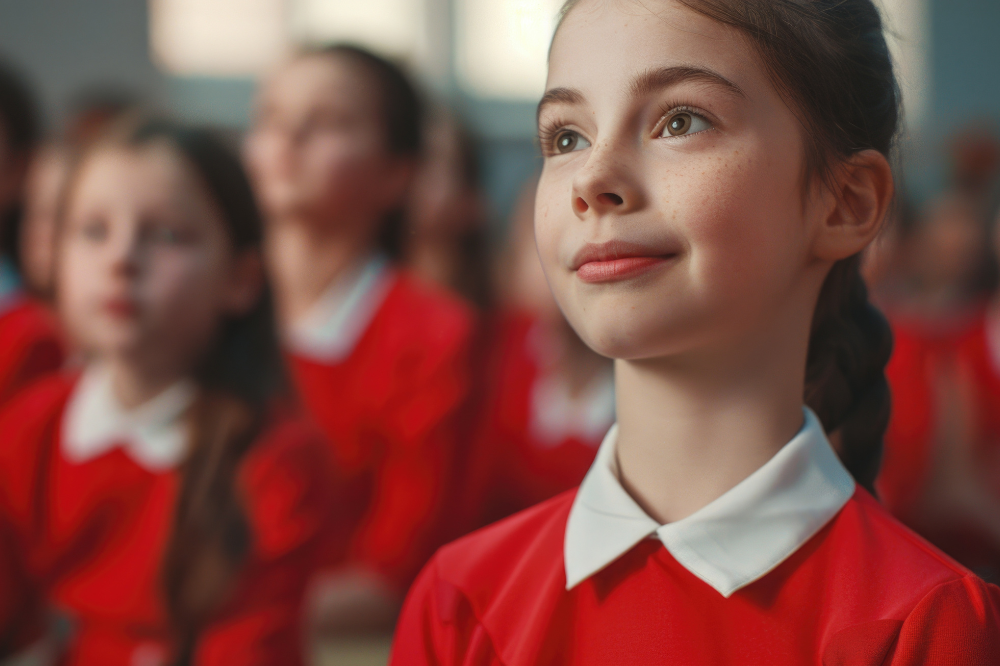
In Australia’s schools, disruptive classrooms are piling significant pressure on an already overburdened teaching profession and distracting them from their core job.
A survey of Queensland teachers earlier this year found “managing student behaviour” was the main thing taking their time away from teaching.
Unsurprisingly, this issue is leading to worsening academic and mental health outcomes in Australia’s schools. Students experiencing frequent classroom disruptions scored, on average, 27 points lower in mathematics than their peers in more orderly environments.
To help address this issue, the Federal Government recently provided range of new free resources to help school leaders implement whole-school approaches to managing classroom behaviour.
While Federal, State and Territory governments are working hard to turn the tables, two experts recently published an article in The Conversation suggesting Australia’s leaders look to a potential solution that has been tried in Norway’s schools.
“The goal, as specified in Norway’s Education Act, is to ensure a good and safe school environment and ‘social learning’,” Stephen Dobson, Professor and Dean of Education and the Arts at CQUniversity Australia (CQU), and Corey Bloomfield, a Senior Lecturer in Education at CQU, wrote.
“This means learning to behave around others through observing, modelling and imitating the behaviours of others. This is on top of learning knowledge and skills.”
Professor Dobson and Bloomfield note that even when young adults apply for jobs after university or vocational study, employers can be interested in the grade received for order and behaviour at school.
“Students and their teachers are aware it can indicate trustworthiness and employability,” they wrote.
“A not uncommon story repeated by Norwegian parents to their teenage children is ‘if you have a record of behaving poorly or arriving late at school it doesn’t bode well whether you want to work on a construction site, in an office or on a hospital ward’.”
However, Professor Dobson and Bloomfield note that despite being a fixture of Norway’s school system since 1939, there are critics of this approach.
“Some researchers argue behaviour grades can sometimes say more about who are the teachers’ favourites,” they wrote. “But despite some limited trials to refine Norway’s behaviour grading, there are currently no plans to remove it.”
Could it work in Australia?
Professor Dobson and Bloomfield pointed out there is precedent for Australia’s schools.
“Queensland public schools already report about effort and behaviour against a five-point scale: excellent, very good, satisfactory, needs attention and unacceptable,” they noted. “But assessment criteria and evidence for the reporting of student effort and behaviour seems to be a more subjective appraisal than reporting against other standards in the curriculum.”
Professor Dobson and Bloomfield said while addressing behaviour in schools is complex, reporting on behaviour could provide a regular opportunity for Australian teachers, schools and parents to reflect on how a students is progressing.
“Grading students could make students more accountable for how they interact with their peers and their teachers,” they wrote.
“It could also help build their understanding of what is acceptable, not just in the classroom but in the community more broadly. For example, if there are specific rules about how you speak to others, whether you are safe in the playground and respectful in the classroom.”
Professor Dobson and Bloomfield said this type of social learning is important, because it can help teach students to be inclusive and responsible towards others.
“It can also help to create a safer school environment for all students and staff. At the moment, there is a general requirement in the Australian Curriculum to teach students social and emotional skills across all subjects,” they wrote.
“But it is up to state and territory education authorities to work out if and how students are assessed about this. This includes any reasonable adjustments for students with disability or other special needs.”


